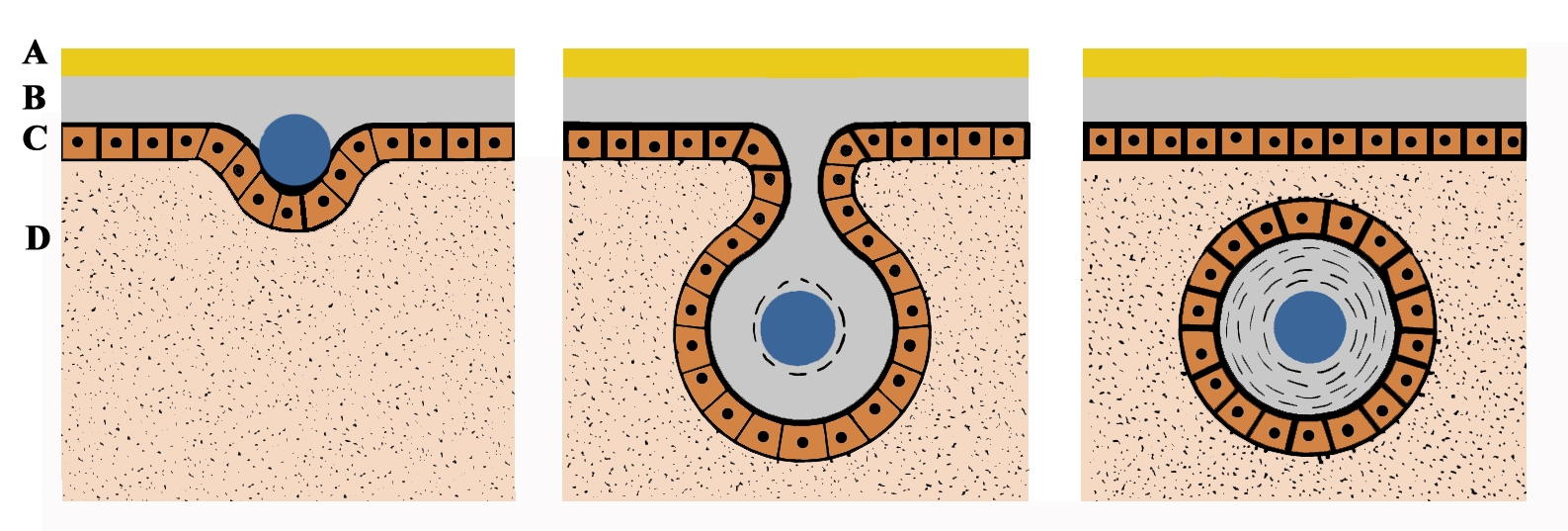Introduction:
Deep beneath the shimmering surface of our oceans lies a captivating world filled with diverse and extraordinary creatures. Among these mesmerizing beings, one stands out for its remarkable ability to create a true gem of the sea—the oyster. In this blog, we will embark on a fascinating journey to unravel the mysteries behind pearl formation, exploring the intricate process that turns an ordinary oyster into a producer of breathtaking pearls.
The Oyster's Habitat:
Before we delve into the captivating process of pearl formation, let's first familiarize ourselves with the habitat of these extraordinary mollusks. Oysters are bivalve marine creatures found in oceans around the world. They typically reside in shallow coastal waters, attaching themselves to rocks, reefs, or other hard surfaces.
The Formation of Pearls:
Contrary to popular belief, pearls are not formed from grains of sand, but rather from an irritating foreign object that finds its way into the oyster's delicate mantle tissue. This could be a parasite, a tiny organism, or even a fragment of shell. When the oyster senses this intrusion, it activates its natural defense mechanism, covering the irritant with layers of nacre, the same substance that forms the inner lining of its shell.
Nacre, also known as mother-of-pearl, is a composite material made up of calcium carbonate crystals and organic substances. It is secreted by special cells called epithelial cells in the oyster's mantle. Layer by layer, the oyster gradually coats the irritant with nacre, forming a pearl over time. The process can take several years, and the resulting pearl can vary in size, shape, and color depending on various factors such as the species of oyster and the environmental conditions.
Types of Pearls:
Pearls come in a wide array of varieties, each possessing its own unique characteristics and beauty. The two primary categories of pearls are natural pearls and cultured pearls.
1. Natural Pearls:
Natural pearls are formed entirely by chance, without any human intervention. They are exceedingly rare and highly valuable. These pearls are often irregular in shape and have a certain organic allure, showcasing nature's creativity at its finest.
2. Cultured Pearls:
Cultured pearls are created through a process known as pearl cultivation, where humans assist in the initial introduction of the irritant into the oyster. This process involves carefully implanting a nucleus, typically a small spherical bead made of mussel shell, along with a small piece of mantle tissue from a donor oyster into the host oyster's mantle. The oyster then follows its natural course, covering the nucleus with nacre and forming a cultured pearl.
The Significance of Pearls:
For centuries, pearls have held great cultural significance and have been cherished as symbols of beauty, purity, and luxury across various civilizations. They have adorned royalty, been featured in exquisite jewelry pieces, and captivated the imagination of artists and fashion enthusiasts alike. The allure of pearls lies not only in their intrinsic beauty but also in the captivating story of their creation, intertwined with the depths of the ocean.
Conclusion:
The journey of an oyster that produces a pearl is a testament to the extraordinary wonders of the natural world. It is a delicate dance between nature and chance, resulting in a breathtaking creation that has captivated humanity for centuries. Whether natural or cultured, pearls hold a special place in our hearts and continue to inspire awe and wonder.
So, the next time you hold a pearl in your hand or admire a lustrous pearl necklace, take a moment to appreciate the remarkable journey of the humble oyster and the magic it bestows upon us with its exquisite gift from the depths of the sea.








0 Comments